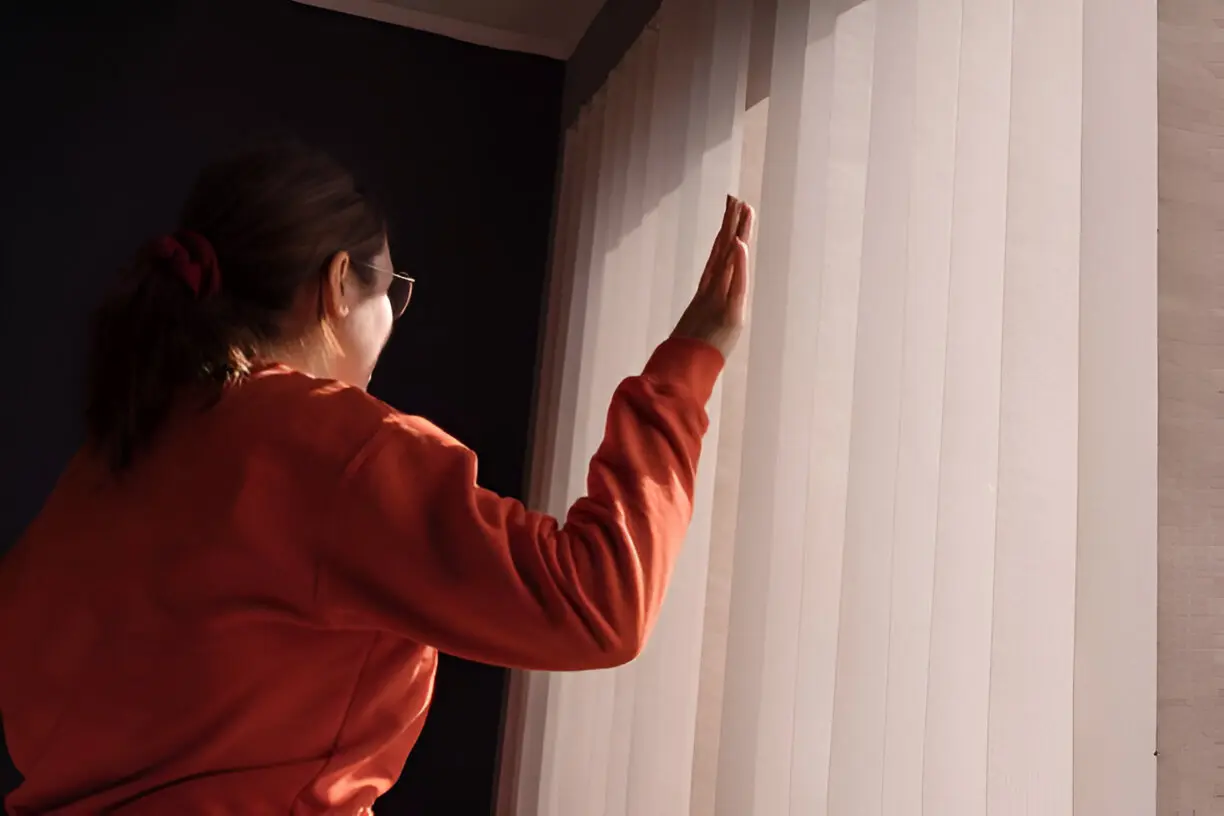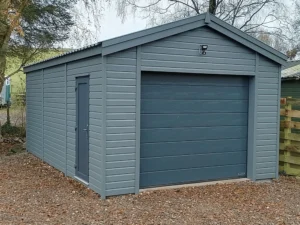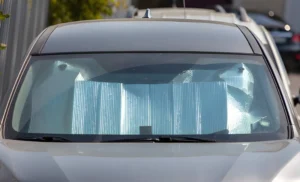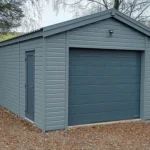I’ll be honest with you, buying window treatments shouldn’t be rocket science, but somehow I’ve managed to mess it up more times than I care to admit. When it comes to stylish vertical blinds, there’s a whole minefield of mistakes waiting to trip you up. These aren’t your grandma’s basic white slats anymore. Today’s vertical blinds come in materials ranging from faux wood to fabric, with smart home integration and custom printing options. The global vertical blinds market hit $2.1 billion in 2023, and with good reason—they’re practical, versatile, and when chosen correctly, genuinely stylish. But here’s the thing that nobody tells you upfront: the difference between blinds that make your space look amazing and ones that scream “cheap apartment complex” often comes down to avoiding some pretty common purchasing mistakes.
Getting the Wrong Measurements
This one’s going to sound obvious, but you’d be shocked how many people eyeball their window measurements. I learned this the hard way when I ordered blinds that were three inches too short for my sliding door. Turns out, there’s actually a science to measuring windows for vertical blinds.
You need to measure the width at three different points—top, middle, and bottom—because windows aren’t always perfectly square. Use the narrowest measurement if you’re doing an inside mount. For outside mounts, add at least four inches to each side for proper coverage and light control.
Here’s what the professionals do that most homeowners skip: they account for the headrail mechanism. Standard vertical blind headrails need about 2.5 to 3 inches of clearance above the window frame. Miss this detail, and your blinds might not fit properly or could interfere with ceiling fixtures.
The length measurement is equally critical. Vertical blinds should either just touch the floor or hang about half an inch above it. Anything shorter looks unfinished, while blinds that bunch up on the floor collect dust and wear out faster.
Choosing the Wrong Slat Width
Most people don’t realize that slat width dramatically affects how your room looks and functions. Standard vertical blind slats come in 3.5-inch and 4.5-inch widths, but you can also find 2-inch and 6-inch options.
Wider slats work better for larger windows and create a more modern, streamlined appearance. They also provide better privacy when closed because there are fewer gaps between slats. However, wide slats can look overwhelming on smaller windows or in compact rooms.
Narrow slats offer more flexibility in light control—you can adjust them to allow precise amounts of light into your space. They also stack more compactly when opened, giving you a clearer view outside. But here’s the catch: more slats mean more potential points of failure and more surfaces to clean.
For sliding glass doors, which are the most common application for vertical blinds, 3.5-inch slats usually hit the sweet spot between functionality and aesthetics. They provide good coverage without creating a heavy, industrial look.
Ignoring Your Home’s Architecture
This mistake drives me crazy because it’s so easily avoidable. Your blinds need to complement your home’s style, not fight against it. I’ve seen gorgeous mid-century modern homes ruined by ornate fabric verticals that belong in a Victorian parlor.
Contemporary and minimalist spaces work best with clean-lined verticals in materials like aluminum or smooth vinyl. The key is choosing colors and textures that enhance your existing design elements rather than competing with them.
Traditional homes can handle more decorative options—textured fabrics, wood-grain patterns, or even custom printed designs. But even then, subtlety usually wins over bold patterns.
Consider your ceiling height too. Standard 8-foot ceilings can look cramped with very wide slats, while vaulted ceilings can handle bolder, more substantial blind styles without feeling overwhelmed.
Skimping on Quality Materials
Here’s where people really shoot themselves in the foot. Cheap vertical blinds might save you money upfront, but they’ll cost you more in the long run through replacements, repairs, and pure frustration.
Low-quality vinyl slats become brittle and crack within a year or two, especially in rooms with temperature fluctuations. Cheap fabric options fade quickly in direct sunlight and are nearly impossible to clean properly.
The headrail mechanism is equally important. Plastic carriers and tracks wear out quickly with regular use, while metal components can last decades with proper care. Quality vertical blinds use ball bearing carriers that glide smoothly and resist binding.
Cord and chain systems also vary dramatically in quality. Braided cords last longer than twisted ones, and metal chains outlast plastic alternatives. Some premium options now include cordless or motorized systems that eliminate wear points entirely.
Investment-grade vertical blinds from reputable manufacturers typically come with warranties ranging from five to ten years. Compare this to budget options that often fail within eighteen months, and the math becomes pretty clear.
Also read-A Stress-Free Way to Unwind at Home










